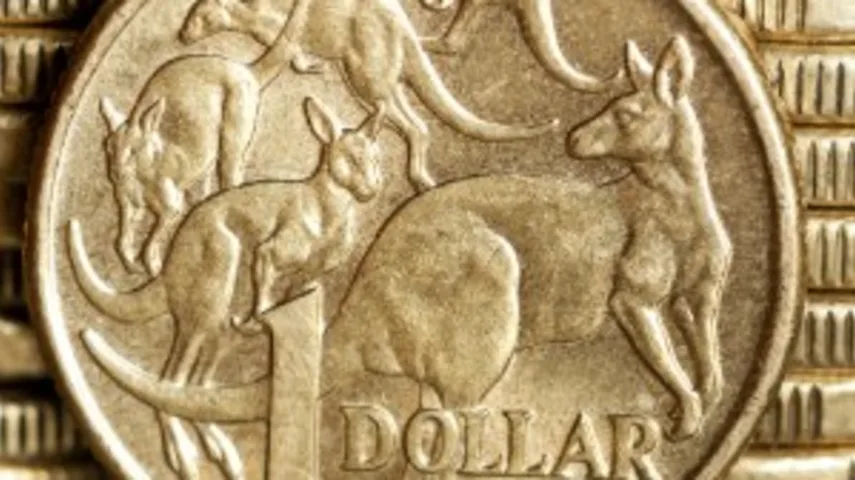Could the AUD fall?



The Australian dollar may fall below 50 US cents, which should prompt investors to rush towards international assets, an analyst says.
Using historical statistical modelling, Kaizen Capital chief investment officer Connor Grindlay said the fall in commodity prices, from supply outstripping demand, will likely see further drops in the Australian dollar.
The forecast is based on an analysis of markets between 1956 and 2015, which showed a strong correlation between commodity booms and busts and the value of the local currency.
He said the last peak in the AUD, at $1.10US cents, was in 2011, two months after commodity markets hit a high.
"We find this pattern remarkable," Grindlay said.
"The conclusion we draw from this data is that the Australian dollar could fall back to 50 cents (or lower) to the USD over a 10-15 year period and Australian investors should buy international assets to protect themselves against the fall."
He said retirees and pre-retirees should be particularly savvy about moving their assets into international baskets, with the average self-managed super fund only holding around two per cent in global investments.
"In order to address this balance, superannuants could directly buy shares internationally, or buy into funds or listed investment companies that offer geographically well diversified global/international exposure."
Recommended for you
Evidentia’s chief investment strategist Nathan Lim has announced his retirement after a 30-year career.
GQG Partners has marked its fifth consecutive month of outflows as its AI concerns lead to fund underperformance but overall funds under management increased to US$166.1 billion.
Apostle Funds Management is actively pursuing further partnerships in Asia and Europe but finding a suitable manager is a “needle in a haystack”.
Managed account provider Trellia Wealth Partners, formed from the merger between Betashares and InvestSense, has appointed its first managing partner.










